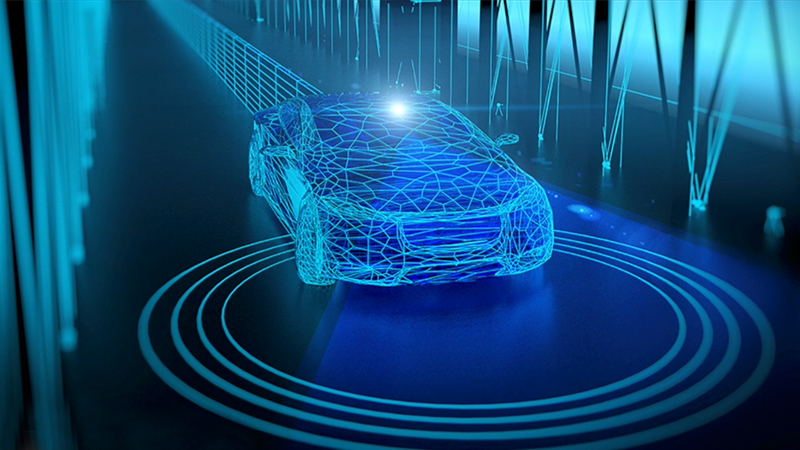Whether it's up in the sky, on the freeway, or across the ocean, almost every mode of transportation is becoming autonomous. Most recently, GM subsidiary Cruise unveiled its all-electric vehicle called Origin. Origin operates much like a shuttle, with doors on both sides that open at the center, and it includes interior cameras, wireless internet, and device chargers.
The reality is that human drivers and pilots might soon become a memory—even the US Postal Service started testing self-driving trucks last year. The advent of superfast networking capabilities helped create autonomous modes of transportation by allowing data to be processed quickly. While there are many logistical and legal problems that still need to be solved, we are now seeing major shifts in the industry that once seemed impossible.
Cars
Like GM, companies like Apple, Alphabet’s Waymo, Microsoft, Facebook, and more are all vying to win the self-driving car race. In fact, more than 40 corporations spanning the tech to automotive industry are investing, acquiring, and partnering in the world of autonomous vehicles. Retail giant Amazon sees the opportunity to streamline their delivery service. Auto company Audi will invest close to $16 billion on transportation technology with the aim to bring self-driving technology to the streets by 2023.
See also: Autonomous trucks to deliver packages to your doorstep
With so much talk yet seemingly little to show for it, there are still reasons why we should be hopeful for the self-driving car. Analytics Insight writes that cities around the world are changing regulations so that more places can pilot autonomous vehicles. Areas in the European Union, China, and Canada are working on new frameworks for things like land use and transit planning—these locations add to the list of 47 cities already piloting self-driving cars.
Ships
New guidelines are being written up for autonomous ships as well: Japanese classification society ClassNK released their guidelines for the autonomous operation of ships in 2018. This aims to improve the safety and working conditions of maritime autonomous surface ships (MASS). It’s a market that is showing tremendous growth, according to Fortune Business Insights. The forecast states that thanks to technology like artificial intelligence, better maritime safety laws, and an upsurge in seaborne trade, we can expect to see a massive propulsion of growth.
Trucks
Just like ships, transporting goods via freight could be transformed with autonomous technology. At this year’s CES, Kenworth Truck Co. debuted its proof-of-concept Level 4 autonomous truck, which includes light-detecting and ranging (LiDAR) units fixed to the exterior mirrors. Robert Faick, the CEO of Swedish transport company Einride, stated that self-driving trucks are “the biggest business opportunity in the history of mankind, to rethink how we do transport, creating a better solution for tomorrow.”
“We have the potential to rewrite an entire transportation sector,” Faick continued, “The transport services market is more than two thousand billion dollars over the next 10 years. We have the potential to lower the cost by more than 50 percent.”
And the proof is in the pudding—or the butter. In December of 2019, the first autonomous truck completed a cross-country trip carrying 40,000 pounds of butter. The L4 truck drove 2,800 miles over three days, from California to Pennsylvania, and all without incident.
###
We welcome the re-use, republication, and distribution of "The Network" content. Please credit us with the following information: Used with the permission of http://thenetwork.cisco.com/.




